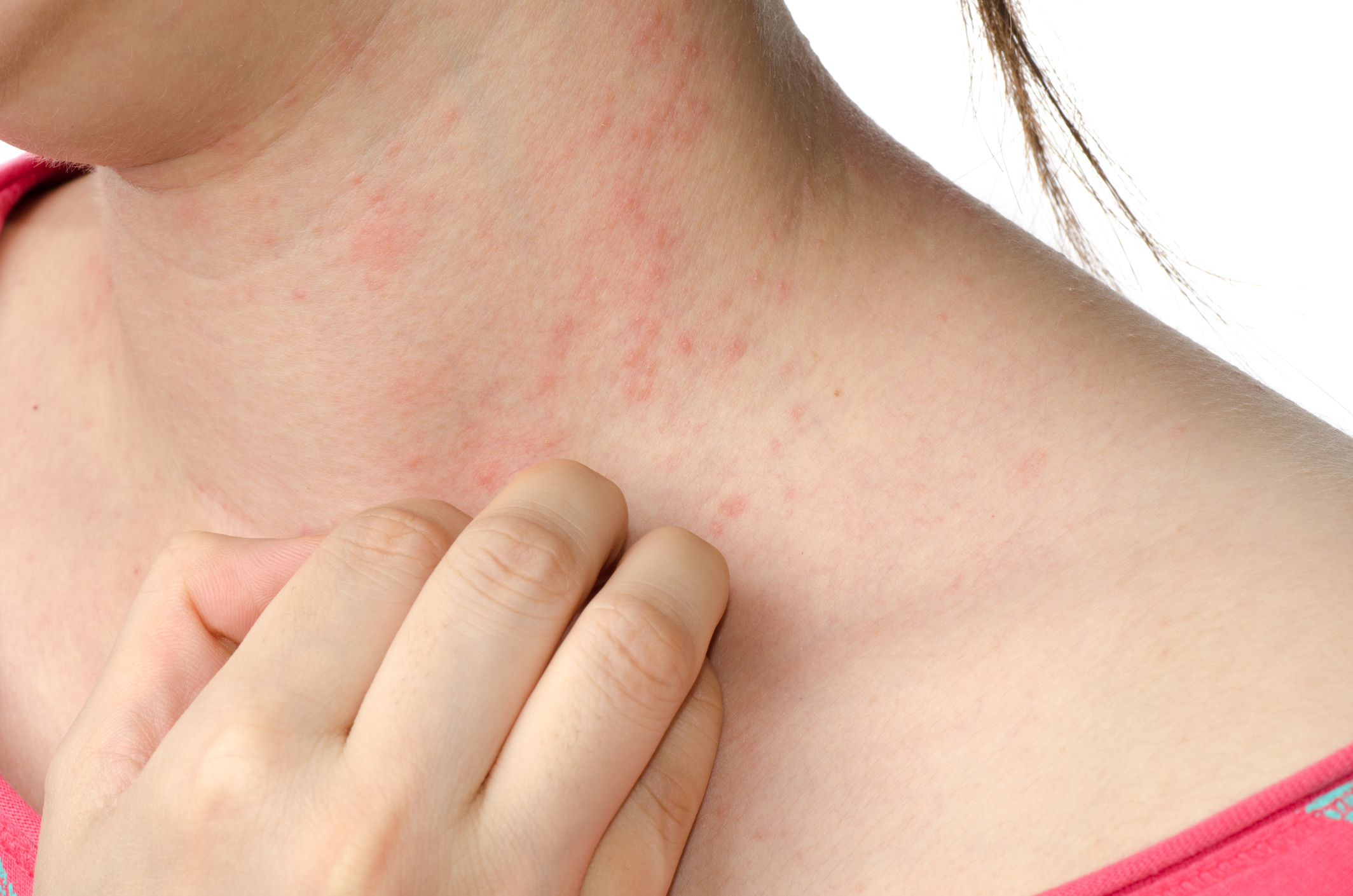
Eczema is not one skin condition but several, divided into categories. While they may differ in appearance or location, all the different forms of eczema have a few things in common: They cause your skin to become red, scaly, and itchy. They’re also all chronic with periodic flares, and they share many treatments, such as steroid creams.
It’s also possible to have more than one type of eczema. “There’s a lot of overlap in different types of eczema,” says Emily Newsom, MD, assistant clinical professor of dermatology at UCLA David Geffen School of Medicine. No matter the official type, she says, eczema is “dry, itchy, irritated skin–that can come up in a lot of ways.”
It helps to know what type (or types) of eczema you have so you can avoid your triggers and get the best treatment.
Atopic dermatitis
Atopic eczema or atopic dermatitis is the most common form of eczema. The dry, red, scaly skin often shows up on the outer parts of joints like elbows and knees. You might also see cracks behind the ears; a rash on your arms, legs, or cheeks (often caused by scratching the itch); or even open, leaking sores.
Atopic eczema can be triggered by chemicals, stress, temperature changes, and allergens touching the skin.
In people with atopic dermatitis, the skin’s barrier isn’t maintained. “The skin is not holding the fats that it should, and that creates microscopic cracks,” says Dr. Newsom. “It’s like the mortar between the bricks is missing.”
The condition runs in families, and many people with atopic dermatitis also have asthma and hay fever (called the “atopic triad”).
Contact dermatitis
Contact dermatitis is similar to atopic dermatitis in that it happens when the skin touches irritating substances, like nickel or a particular chemical, explains Michele S. Green, MD, a dermatologist with Lenox Hill Hospital in New York City. It can cause redness, burning, swelling, and blisters that can “weep” and then form a crust. Contact dermatitis symptoms tend to show up wherever the skin came into contact with the irritant, which is often the hands. Many people have both contact and atopic eczema.
There are several different subtypes of contact dermatitis; the two most common are irritant contact dermatitis and allergic contact dermatitis.
“Irritant contact dermatitis is something that would irritate anyone if you have a high enough concentration, like bleach or acid or even poison ivy,” says Dr. Newsom. “Allergic contact dermatitis is a true allergy. The immune system is responding as if it’s dangerous when it’s not.”
Possible irritants include fragrances, hair dyes, detergents, tobacco smoke, paint, wool, rubber, leather, certain skincare products (including soap), and allergens (like pet dander).
Dyshidrotic eczema
Dyshidrotic eczema is characterized by small, itchy blisters that usually show up on the hands and feet and can be quite painful. Again, coming into contact with irritants can cause a flare. Symptoms also often occur during times of stress, when temperatures go up, or if your hands stay wet for too long.
While all forms of eczema can be severe, dyshidrotic eczema can actually be debilitating if blisters on your feet make it hard to walk or hand blisters get in the way of daily tasks or work.
Nummular (or discoid) eczema
Nummular or discoid eczema is distinct from other types in that it is always round, often described as “coin-shaped.” “Nummular just refers to the shape of the lesion,” explains Dr. Green. “It’s a round spot.” It also often itches and can be harder to treat than other types of eczema. Typical triggers include insect bites (that break the skin) or wintertime dryness.
Seborrheic eczema
It is more commonly known as dandruff when it appears on your scalp (also called “cradle cap” in babies). But it can also show up on other parts of the body where there are sebaceous (oil-producing) glands, like your nose and upper back. Hormones and yeast can aggravate the condition.
Seborrheic dermatitis can make skin red–but it can also cause greasy, swollen patches. It might appear as fine flakes or thicker white or yellow flakes that crust.
“It’s usually not as annoying as some of the other [types of eczema] unless it’s severe,” says Dr. Green. Sometimes anti-dandruff shampoo is enough to control it, though there are stronger prescription shampoos as well.
Stasis dermatitis
Stasis dermatitis is in a different league than other forms of eczema; it’s really a symptom of deeper problems–literally. In fact, stasis dermatitis is an indicator of circulation and blood-flow problems. In addition to red, itchy, flaky skin, ankles may swell and blisters may develop into ulcers.
“Stasis dermatitis can be a red flag,” says Dr. Green. “You can use creams, but, ultimately, you need to go see a cardiologist or a vascular doctor.”
In some cases, you may need surgery to repair the damaged veins. Support stockings and elevating the legs can help alleviate swelling.

























